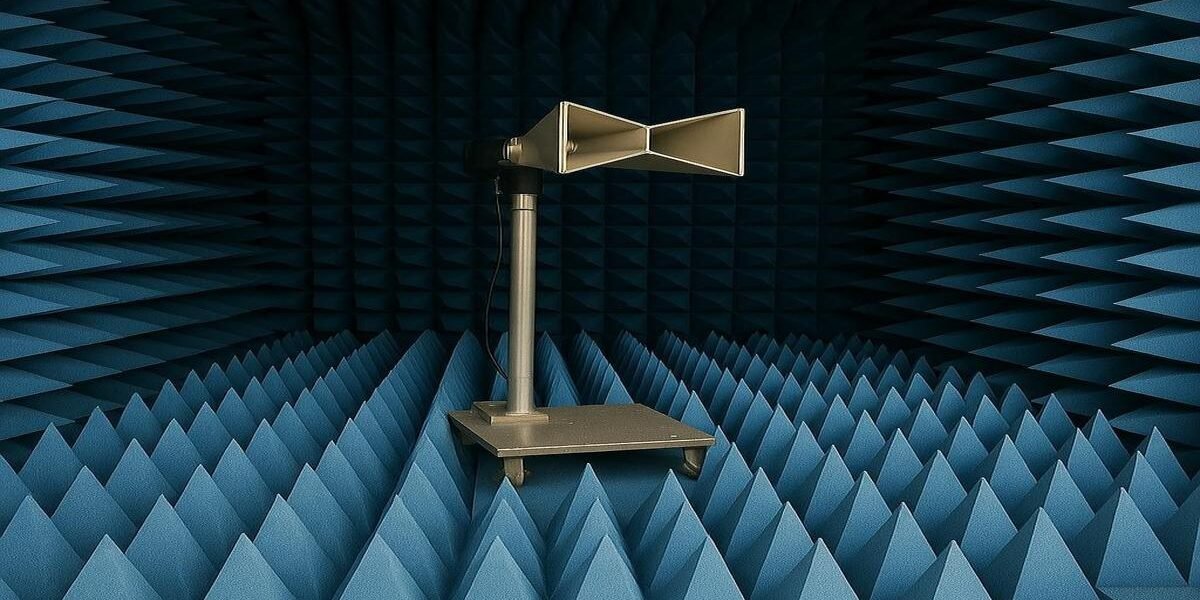Antenna Pattern Measurement for Automotive Radar Systems
The rapid evolution of automotive radar technology demands precise antenna pattern measurements to ensure reliable performance in advanced driver assistance systems (ADAS) and autonomous vehicles. These measurements validate critical radiation characteristics that directly impact object detection accuracy, range resolution, and interference mitigation in complex driving environments.
The Critical Role of Antenna Characterization
Modern automotive radars operate at 77 GHz and 79 GHz frequencies, where antenna testing performance significantly influences:
- Angular resolution for precise object localization
- Beam steering accuracy in adaptive cruise control systems
- Interference rejection in multi-radar vehicle environments
- Regulatory compliance with global standards like ETSI EN 303 396
Advanced Measurement Methodologies
Compact Antenna Test Ranges (CATR)
- Utilize parabolic reflectors to create quasi-far-field conditions
- Enable testing of high-frequency antennas in limited spaces
- Particularly effective for 79 GHz radar modules
Spherical Near-Field Scanning
- Provides complete 3D radiation pattern analysis
- Identifies subtle pattern distortions from radar housing integration
- Enables characterization of elevation plane performance
Over-the-Air (OTA) Testing
- Evaluates complete radar sensor performance
- Incorporates radome effects and mounting considerations
- Supports multi-antenna interference analysis
Emerging Challenges in Automotive Radar Testing
- Millimeter-wave signal integrity maintenance
- Thermal drift effects on phased array performance
- Real-world pattern validation with vehicle in motion
- Multi-user interference testing for dense traffic scenarios
As automotive radar systems advance toward higher frequencies and more complex beamforming architectures, sophisticated measurement techniques become essential for ensuring safety-critical performance.
Far-Field Testing of Satellite Communication Antennas
Satellite communication systems demand rigorous far-field antenna testing to guarantee optimal performance across vast orbital distances. These tests validate the critical parameters that determine link reliability, spectral efficiency, and system capacity in modern SATCOM networks.
Strategic Importance of Far-Field Validation
Far-field testing provides:
- True operational condition evaluation
- Accurate gain measurement for link budget calculations
- Precise sidelobe characterization for interference control
- Polarization purity assessment for frequency reuse systems
State-of-the-Art Test Configurations
Elevated Far-Field Ranges
- Elevated platforms minimize ground reflection effects
- Support testing of large reflector antennas (up to 15m diameter)
- Enable evaluation of C-band to Ka-band systems
Hybrid Compact Range Systems
- Combine reflector systems with advanced signal processing
- Support simultaneous multi-frequency testing
- Enable characterization of multi-beam antennas
Robotic Probe Systems
- Automated positioners for high-precision measurements
- Enable rapid pattern acquisition for production testing
- Support phase-coherent measurements for active arrays
Advanced Measurement Capabilities
- Multi-satellite interference simulation
- On-orbit pattern verification techniques
- Non-linear distortion analysis for HTS systems
- Millimeter-wave band characterization (Q/V/W bands)
As satellite systems evolve toward higher frequencies and more complex multi-beam architectures, advanced far-field testing methodologies are becoming indispensable for ensuring mission-critical performance.
Near-Field Measurement of Phased Array Antennas
The proliferation of phased array antennas in 5G, defense, and aerospace applications has driven significant advancements in near-field measurement technologies. These systems provide the detailed characterization required to optimize the performance of complex multi-element arrays.
Why Near-Field Analysis is Indispensable
- Enables element-level fault detection
- Supports precise beamforming calibration
- Facilitates near-field to far-field transformation
- Allows testing in compact laboratory environments
Innovative Measurement Approaches
Multi-Probe Array Systems
- Simultaneous measurement of multiple array elements
- Dramatically reduce testing time for large arrays
- Enable real-time pattern monitoring
Advanced Phase less Techniques
- Overcome phase measurement challenges at mmWave frequencies
- Utilize intensity-only measurements with iterative algorithms
- Particularly valuable for high-frequency THz arrays
Integrated Digital Beamforming Testbeds
- Combine near-field scanning with real-time beam control
- Validate adaptive nulling performance
- Characterize MIMO operation modes
Critical Measurement Parameters
- Element phase coherence across the array
- Active impedance matching under beam steering
- Mutual coupling effects at different scan angles
- Non-linear distortion in active arrays
Future-Oriented Challenges
- Ultra-wideband array characterization
- Integrated photonic array testing
- AI-assisted pattern optimization
- OTA testing for extremely large arrays
As phased array technology continues to advance toward higher frequencies and more sophisticated architectures, near-field measurement systems are evolving to meet increasingly demanding characterization requirements.
Conclusion
The specialized antenna testing measurement techniques discussed—for automotive radar systems, satellite communications, and phased arrays—each address unique technical challenges while sharing common goals of precision, efficiency, and reliability. As these technologies continue advancing toward higher frequencies and more complex architectures, measurement methodologies must similarly evolve, incorporating automation, advanced signal processing, and innovative test configurations to keep pace with industry demands.
Need Automotive Radar Systems services? Contact us today for a consultation!

